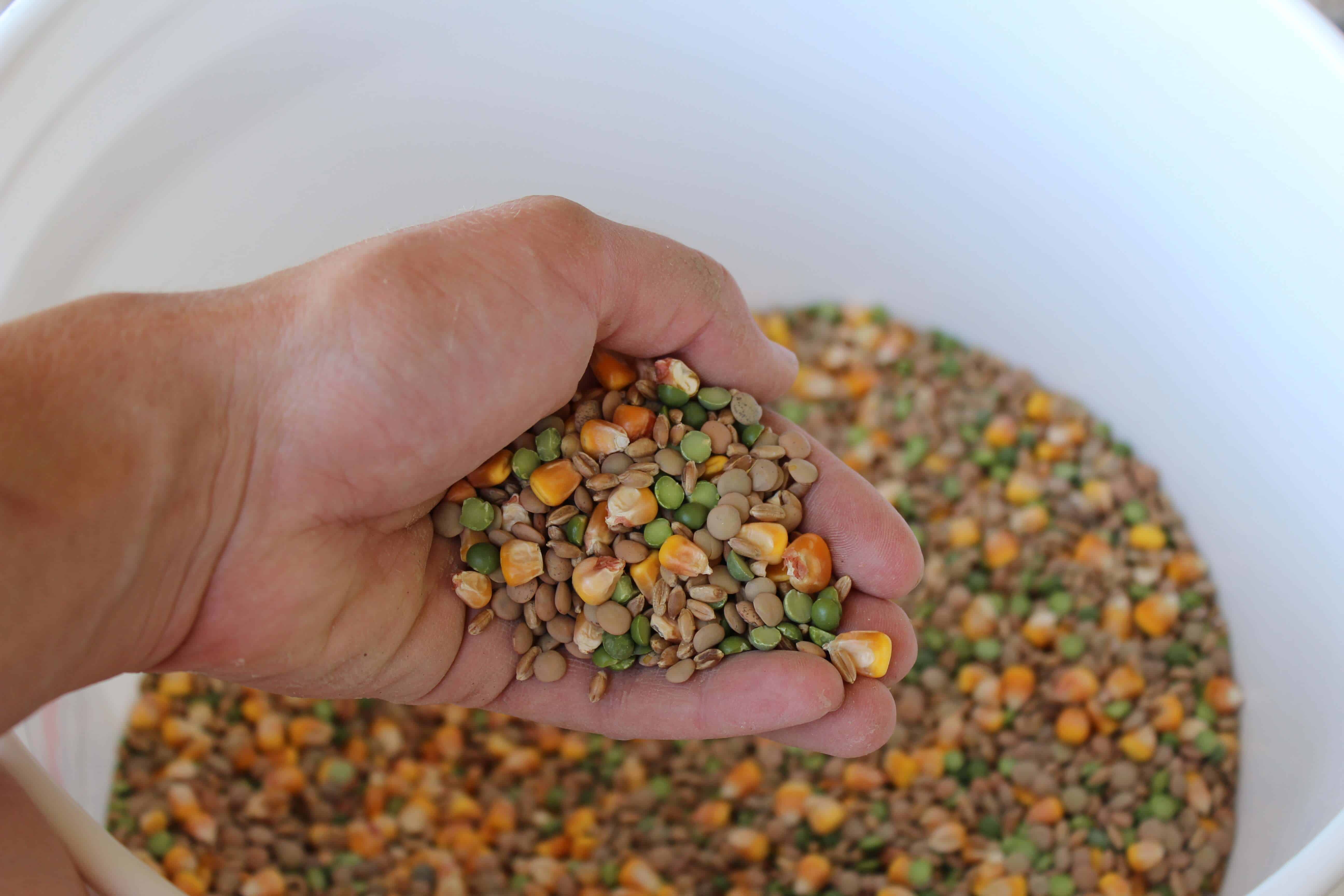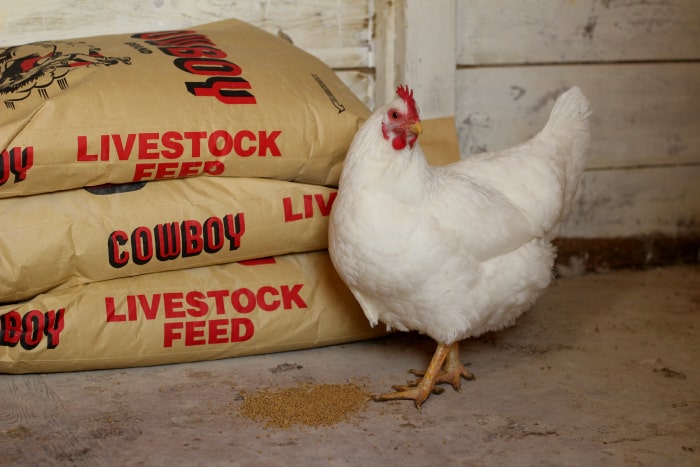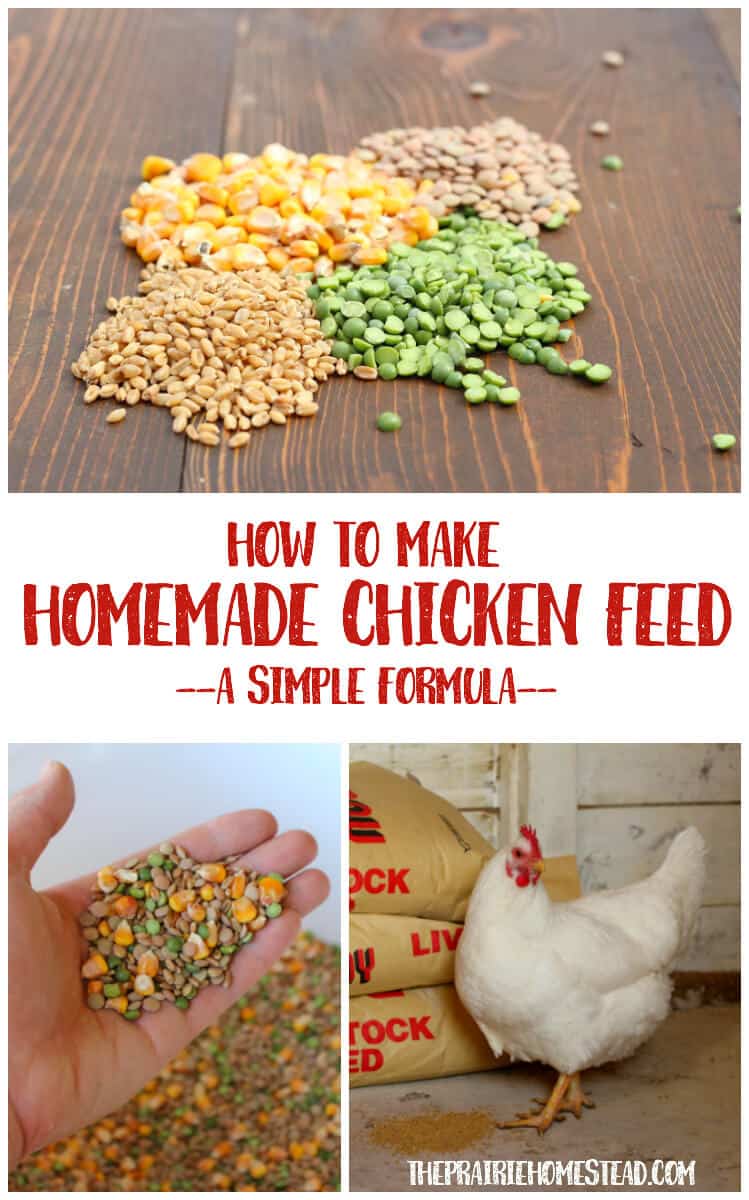Exactly, it's not just having enough calcium available but the micro-nutrients that are needed to process the calcium.IMO, the problem is thin egg shells. Increase their calcium intake, and those shells get tougher. I have recently started giving my flock some vitamins, and it has made a huge difference in their shell quality and egg size. Still have the occasional inquisitive pullet, but if the shell is thick, she won't get any satisfaction from her investigation pecks, and will move on to better games to play with her beak.
Other considerations: Is the nest big enough? Can she move around without stepping on any previously laid eggs? Do you have many hens crowding into the same nest at the same time, and fighting over nest box rights? That can crack an egg. Do you have lots of inviting and soft bedding in the nest box, or is it "bottoming out"? I recently found (don't ask me how many years it took me to come to this discovery!) that if I line the nest box with more coarse hay, instead of fine hay, it does not bottom out as often. Perhaps a curtain to darken the boxes. "Out of sight, out of mind." Any weak egg is going to get eaten. That's instinctive behavior, and does not necessarily mean that you have a cannibal hen on your hands.
Should be in a good chicken ration fed in proportion to other foods, but I guess supplemental chicken vitamins would work too.






